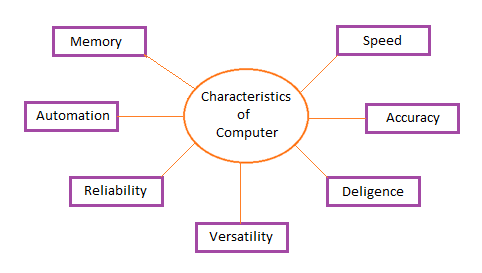Online communication refers to the exchange of information and ideas through the internet using various digital platforms and devices. It has become an integral part of our daily lives and has transformed the way we communicate and interact with others. In this essay, we will explore some of the characteristics of online communication that distinguish it from traditional face-to-face communication.
One characteristic of online communication is its asynchronous nature. This means that the sender and receiver do not need to be online at the same time in order to communicate. They can send and receive messages at their own convenience, which allows for greater flexibility and convenience. This is in contrast to traditional face-to-face communication, which requires both parties to be physically present at the same time.
Another characteristic of online communication is its lack of nonverbal cues. In face-to-face communication, body language, facial expressions, and tone of voice provide important contextual information and help convey the meaning of a message. However, in online communication, these cues are often missing, which can lead to misunderstandings and miscommunications. To compensate for this, online communicators often use emoticons, emojis, and other types of visual aids to convey their emotions and intentions.
Online communication is also characterized by a high degree of impersonality. In face-to-face communication, the presence of the other person allows for a more personal and intimate exchange of information. However, in online communication, the lack of physical presence can make it difficult to establish a personal connection with others. This impersonality can be a double-edged sword, as it allows people to communicate more freely and openly without the fear of judgment, but it can also lead to a lack of empathy and understanding.
Another characteristic of online communication is its global reach. The internet allows people from different parts of the world to connect and communicate with each other instantly. This has opened up new opportunities for cross-cultural exchange and collaboration, but it has also exposed people to a wider range of viewpoints and opinions, which can sometimes lead to misunderstandings and conflict.
In conclusion, online communication is a complex and multifaceted phenomenon that has transformed the way we communicate and interact with others. Its asynchronous nature, lack of nonverbal cues, impersonality, and global reach all contribute to its unique characteristics, which can both facilitate and hinder effective communication.







